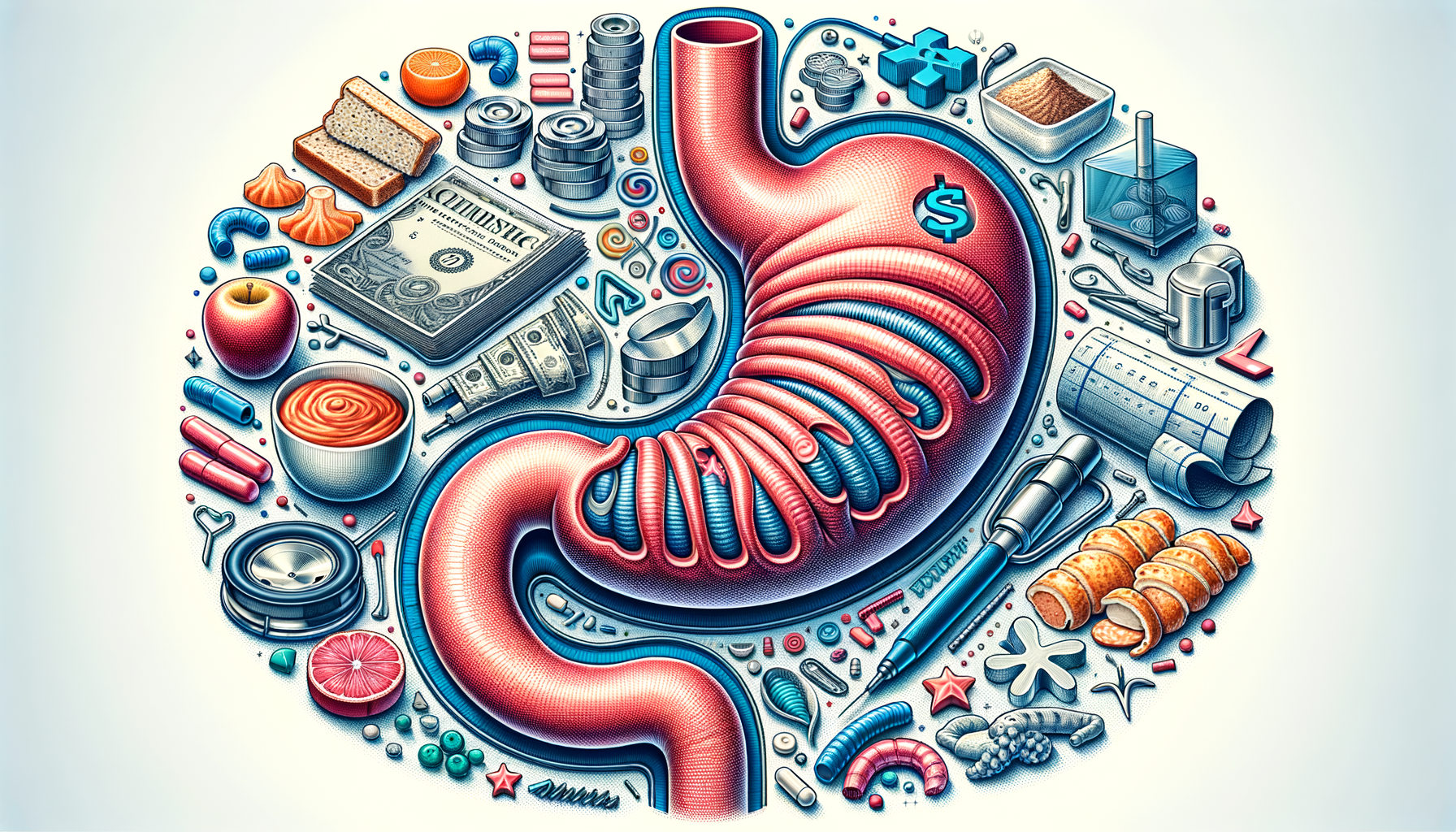Introduction to Auto Parts: OEM and Aftermarket Solutions
When it comes to maintaining or upgrading your vehicle, the choice between original equipment manufacturer (OEM) parts and aftermarket parts is a critical decision. Each option offers distinct advantages and considerations, impacting everything from cost to performance. Understanding these differences is essential for making informed decisions that align with your vehicle’s needs and your personal preferences.
Understanding Original Equipment Manufacturer (OEM) Parts
OEM parts are components made by the vehicle’s original manufacturer. They are specifically designed for your vehicle, ensuring a perfect fit and optimal performance. These parts are often preferred by those who prioritize maintaining their vehicle’s original condition. The advantages of using OEM parts include:
- Guaranteed compatibility with your vehicle model.
- Consistent quality and reliability.
- Warranty protection from the vehicle manufacturer.
Despite their benefits, OEM parts can be more expensive than aftermarket alternatives. However, for those who value peace of mind and the assurance of factory-standard quality, the investment in OEM parts is often justified.
The Appeal of Aftermarket Parts
Aftermarket parts are produced by third-party manufacturers and offer a wide range of options for vehicle owners. These parts can be a cost-effective solution, often available at lower prices than OEM parts. The flexibility and variety in the aftermarket sector allow for customization and performance enhancements. Key benefits of aftermarket parts include:
- Lower cost compared to OEM parts.
- Wide selection of options for customization.
- Availability for older or less common vehicle models.
While aftermarket parts can offer significant savings and customization opportunities, it’s crucial to choose reputable brands to ensure quality and performance. Research and reviews can guide you in selecting parts that meet your needs without compromising safety or reliability.
Comparing OEM and Aftermarket Parts: Making the Right Choice
Deciding between OEM and aftermarket parts involves considering several factors, including budget, vehicle usage, and personal preferences. Here are some points to consider:
- Budget: If cost is a primary concern, aftermarket parts may be the preferable option, offering savings without sacrificing essential functionality.
- Vehicle Age: For newer vehicles, maintaining OEM parts can help preserve resale value and ensure warranty compliance.
- Customization: For enthusiasts looking to enhance performance or aesthetics, aftermarket parts provide a broader range of choices.
Ultimately, the decision should reflect a balance between cost, quality, and the specific needs of your vehicle.
Conclusion: Navigating the World of Auto Parts
Both OEM and aftermarket parts offer unique benefits and challenges. By understanding the distinctions and evaluating your priorities, you can make informed decisions that enhance your vehicle’s performance and longevity. Whether you choose the assured quality of OEM parts or the flexibility of aftermarket solutions, the key is to prioritize quality and reliability in your selection process.


Leave a Reply